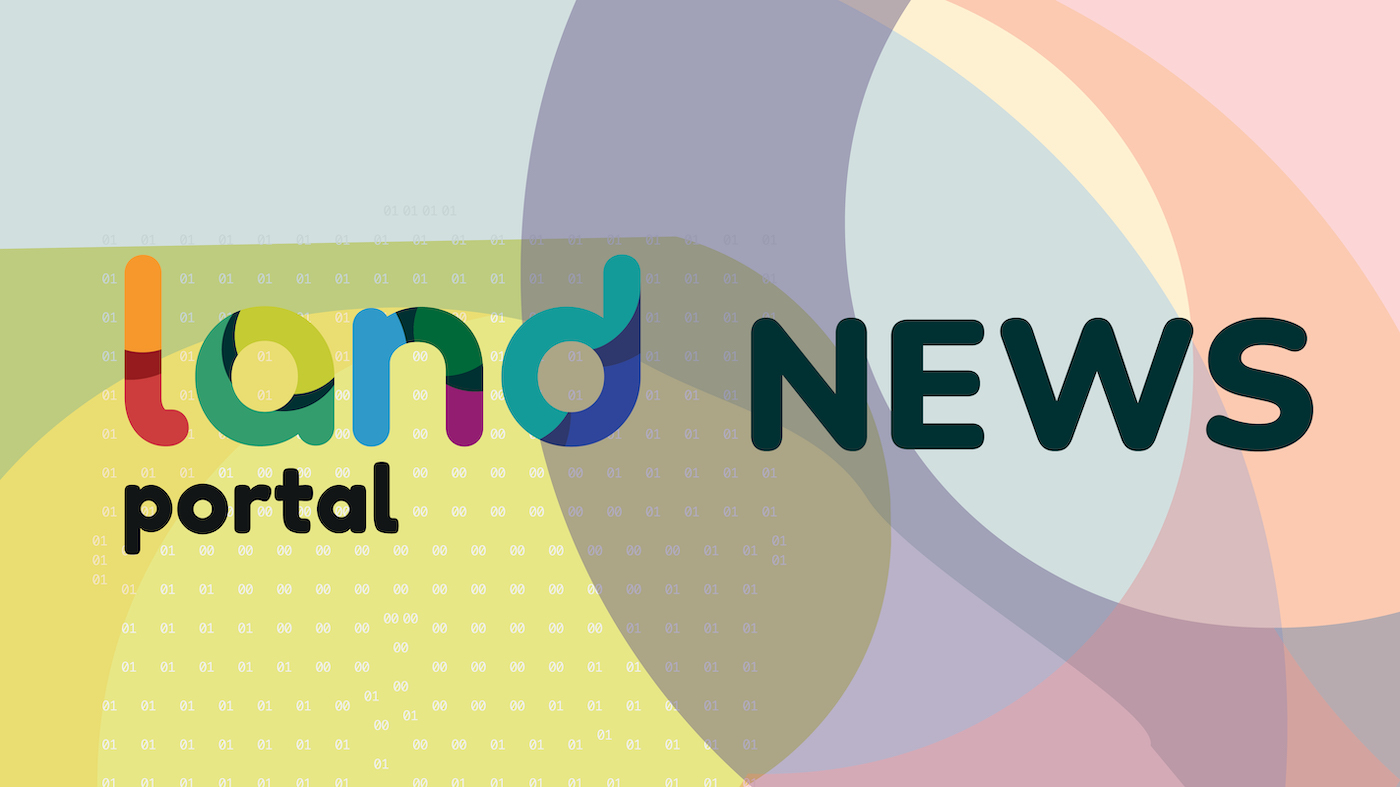The tensions have highlighted the differences between elected and hereditary leadership
The tensions unfolding over a natural gas pipeline project in northern B.C. have raised questions about who a resource company should consult among Indigenous leaders when pursuing a major project: hereditary chiefs or elected band councils?
Hereditary chiefs are standing in opposition to the project, despite a court injunction. But several Wet'suwet'en elected band councils have signed agreements with Coastal GasLink, a subsidiary of TransCanada Corp., for a pipeline to carry natural gas from northern B.C. to the coast, where a liquefied natural gas project is scheduled.
Here's a look at what we know about the situation.
Who is trying to stop the pipeline in Wet'suwet'en territory?
All the First Nations bands, except the Hagwilget Nation Village Council, signed agreements with Coastal Gaslink. This includes the Skin Tyee First Nation, Wet'suwet'en First Nation, Witset First Nation, and Nee Tahi Buhn Band.
However, hereditary leaders say those agreements don't apply to the traditional territories.
"All of the 13 house chiefs of the five Wet'suwet'en clans have said 'no' to all oil and gas pipelines in our territories," says Carla Lewis, a spokesperson with the Gitdimt'en clan, who has a master's degree in Indigenous governance.
Lewis says those clans ratified their opposition to all oil and gas expansion within their territory through a potlatch three years ago after weighing the cultural, environmental, and economic impacts.
The band council leadership has reached agreements with Coastal GasLink but the hereditary leadership is opposed to the project.

RCMP officers look on as contractors pass through their roadblock as supporters of the Unist'ot'en camp and Wet'suwet'en First Nation gather at a camp fire off a logging road near Houston, B.C., on Wednesday, January 9, 2019. (THE CANADIAN PRESS/Chad Hipolito)
How does band leadership work?
A First Nations community has an election for chief and council — based on the number of members they have — every two years. Band council leadership is not a traditional form of government. Rather, they are creations of the Indian Act.
While people in the community elect a band council, it is accountable to the federal government.
Bands were introduced by the federal government in 1876, as part of a post-Confederation assimilation policy.
"The federal government thought the way communities were governing themselves was backwards," says Bob Joseph, the founder of Indigenous Corporate Training, which helps companies and organizations work better with First Nations.
"It was a direct imposition on already self-governing Indigenous communities," Joseph said.
How does hereditary leadership work?
Hereditary leadership differs from community to community, but Wet'suwet'en leadership is based on a clan and house-based system. A Wet'suwet'en hereditary chief inherits his or her role through their matrilineal line through the potlatch system, which is their governing structure.
In the case of the Wet'suwet'en, if a hereditary chief is not taking a leadership role seriously or not living up to expectations, that person can be stripped of their hereditary role, and another person may be appointed by other clan chiefs in a potlatch.
The different levels of decision making and authority have created tensions between the hereditary chiefs, provincial and federal governments, and band councils.
How does a community decide who is in charge?
Every community is different, but Joseph says, for the most part, band councils sort out responsibilities normally taken care of by the federal government, like health care and education.
Wet'suwet'en hereditary Chief Na'mocks, one of the leaders protesting the pipeline, describes his authority as taking care of the land and rights and title to it.
"Elected chiefs and councils only have jurisdiction within the boundaries of the reserve that they're elected to serve and they are supporting the pipeline," Chief Na'Moks said.
"We have 22,000 square kilometres that we are accountable for," he added.
How does that authority hold up in court?
Lawyers point to the 1997 Supreme Court of Canada Delgamuukw decision to describe how authority in Wet'suwet'en territories is circumscribed.
That decision found that Indigenous land rights and title were not extinguished at the time of colonization. The case was framed around traditional, hereditary leadership, according to lawyers.
"Band councils are inherently a creation of the federal government and the Indian Act, so in many cases those don't line up with pre-existing Indigenous legal orders," said Kate Gunn, a lawyer at First People's Law in Vancouver.
She says the Delgamuukw decision found that the Wet'suwet'en nation is organized and governed through the hereditary system.
"Whether the Indian Act bands have signed on to the agreements or not the support of the nation and the process to get that support hasn't been fulfilled," she said.
If you're a company like TransCanada, with whom do you consult?
Bob Joseph says when TransCanada — which announced plans to change its name to TC Energy on Wednesday — started the consultation process six years ago, the federal government at the time may have directed companies to talk to the chief and council for input or approval.
Today though, Joseph says Prime Minister Justin Trudeau is trying to push through rapid changes, such as dismantling the Indian Act — where band councils derive their power. Trudeau has also talked at length about treating Indigenous groups as nation-to- nation rather than as underneath the federal government.
Joseph says this may mean companies like TransCanada should consult an entire community, rather than specific leadership. In turn, he says communities may have to hold referendums for the entire community before making decisions that not everyone favours.
On Tuesday, Trudeau told a group of Indigenous leaders in Ottawa that "a great deal of work remains to be done to fix the relationship between the federal government and First Nations".

